This post may contain affiliate links which means I will get a commission if you make a purchase at no additional cost to you. As an Amazon Associate I earn from qualifying purchases. Please read my disclosure for details.
Shopping in 1995 was more about routine and fewer choices, with paper lists and in person aisles setting the tone.
The average haul leaned heavily on trusted brands, packaged meals, and simple staples. Today, shopping carts reveal faster lives, wider options, and more specialized needs. The difference is not just about price, it is about how much the grocery trip reflects the times.
Weekly Grocery Bills were Much Lower
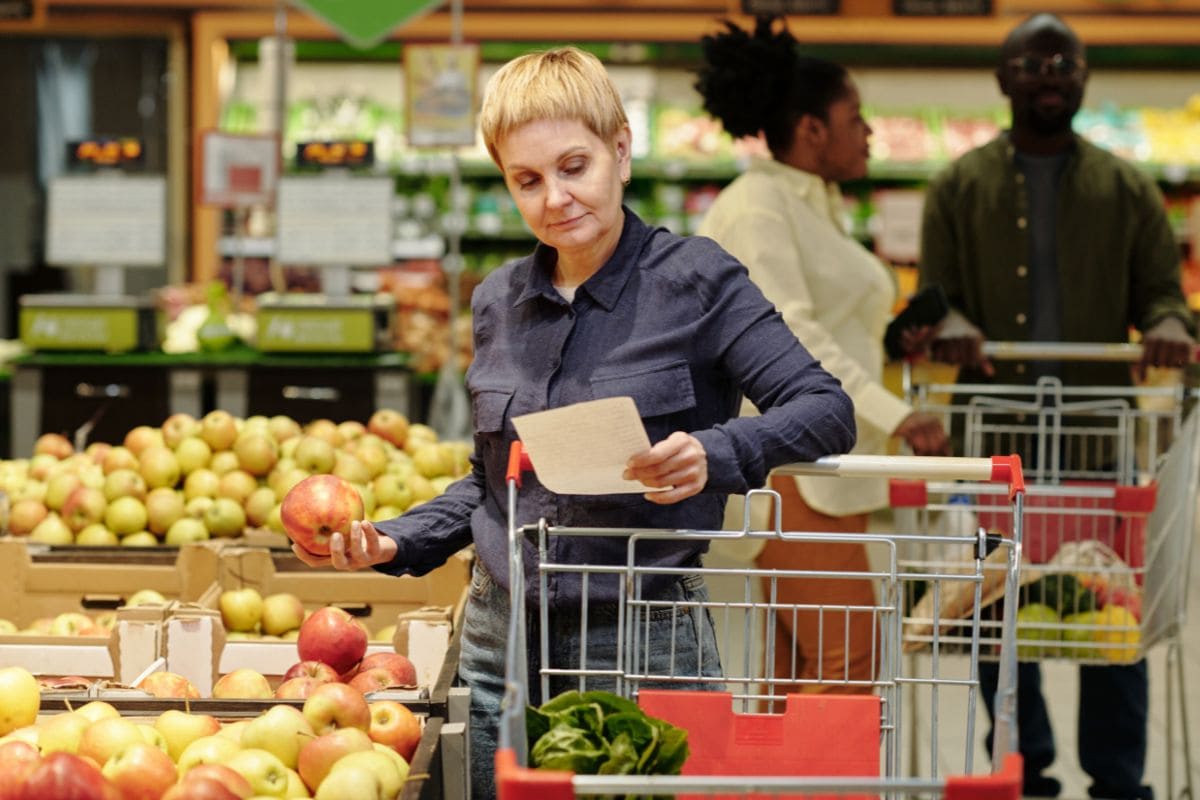
WANT TO SAVE THIS RECIPE?
A full cart in 1995 for a family of four could stay under $100, covering staples like bread, milk, cereal, and meat. Today, even a modest cart with similar items can cross $200. Inflation, brand changes, and specialty items have all played a role.
The Haul was Dominated by Big Name Brands
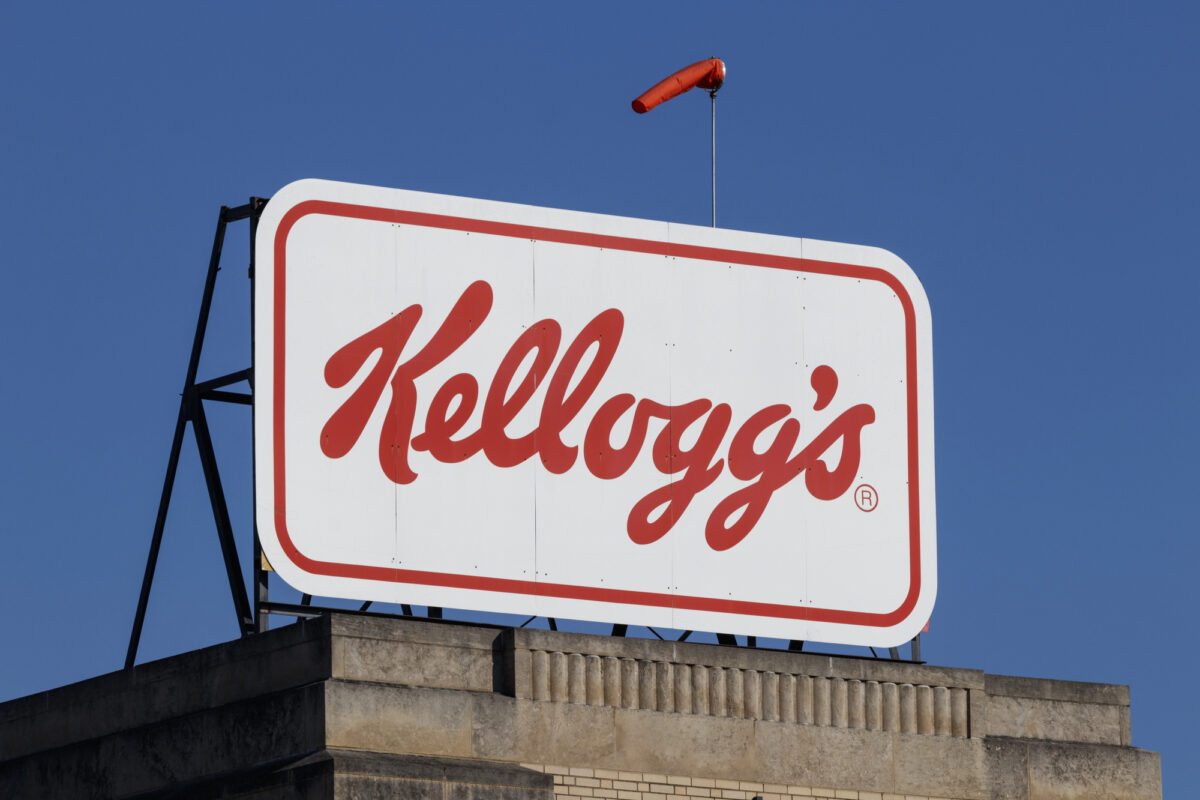
Most carts in 1995 were packed with household names, Campbell’s, Kraft, Kellogg’s, chosen out of habit and fewer available options. Shoppers rarely strayed from what they knew. Now, hauls include a mix of store brands, niche labels, and viral online picks.
Packaged Meals were a Weekly Essential
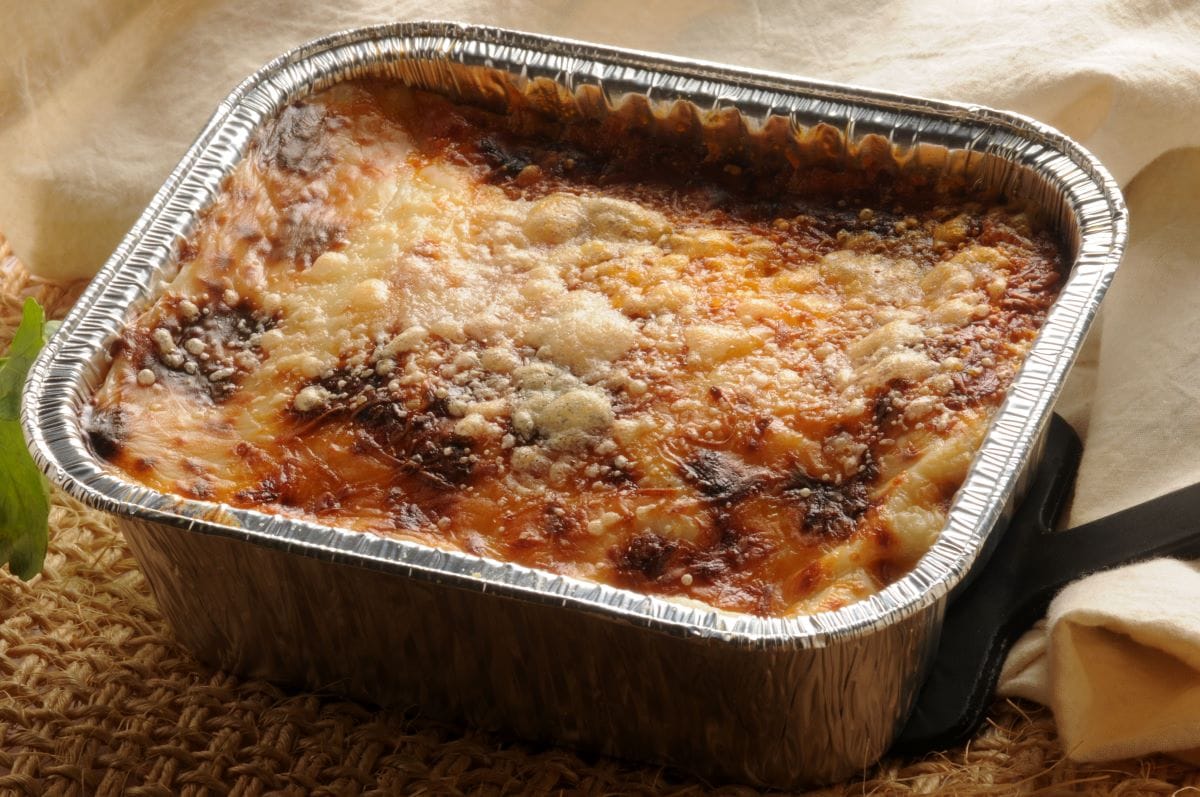
Frozen lasagna, boxed mac and cheese, and Hamburger Helper were go to dinner solutions in the 90s. These filled both freezers and flyers. Today’s carts lean toward refrigerated meal kits, pre cut produce, and fresh sides from the deli section.
Health Labels were Barely on the Radar
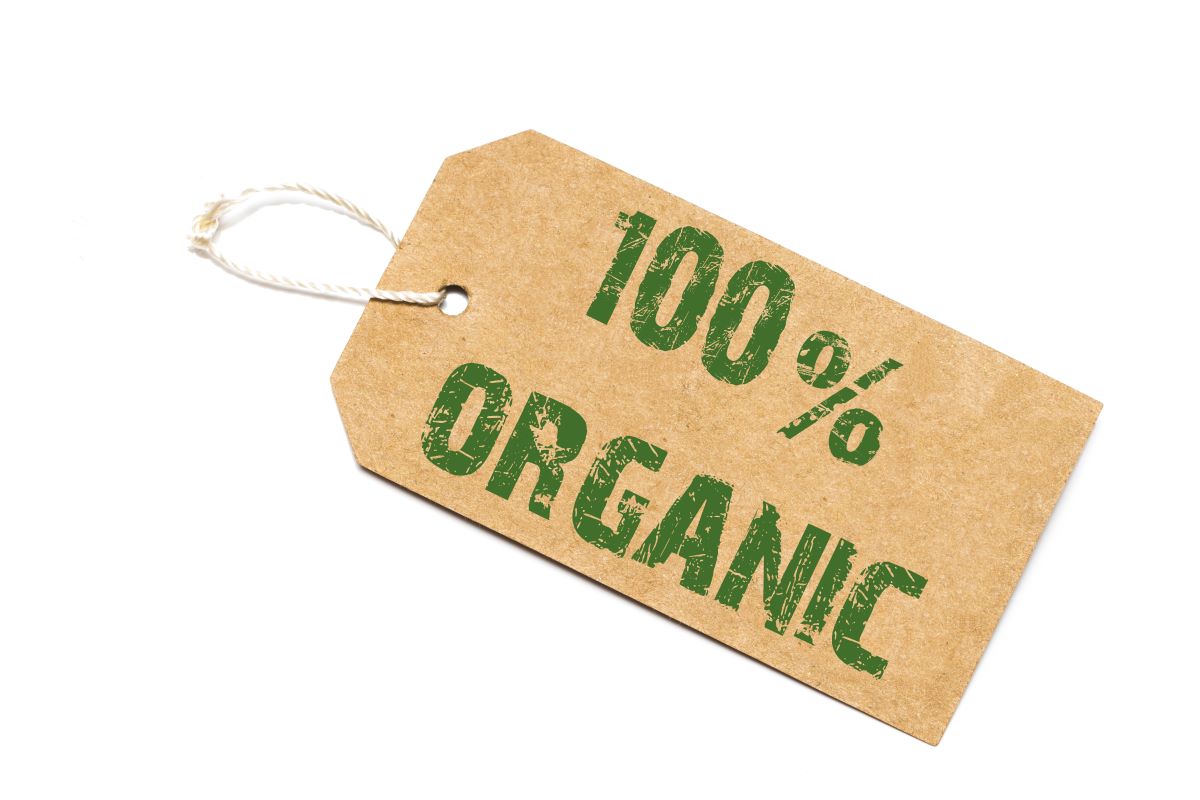
Terms like organic, non-GMO, and plant based were either rare or nonexistent on 1995 products. Shoppers choose by taste, price, and brand loyalty. Today, carts are often built around health claims and dietary identities, from gluten-free to low carb.
Soda and Cereal Took Up a Lot of Space
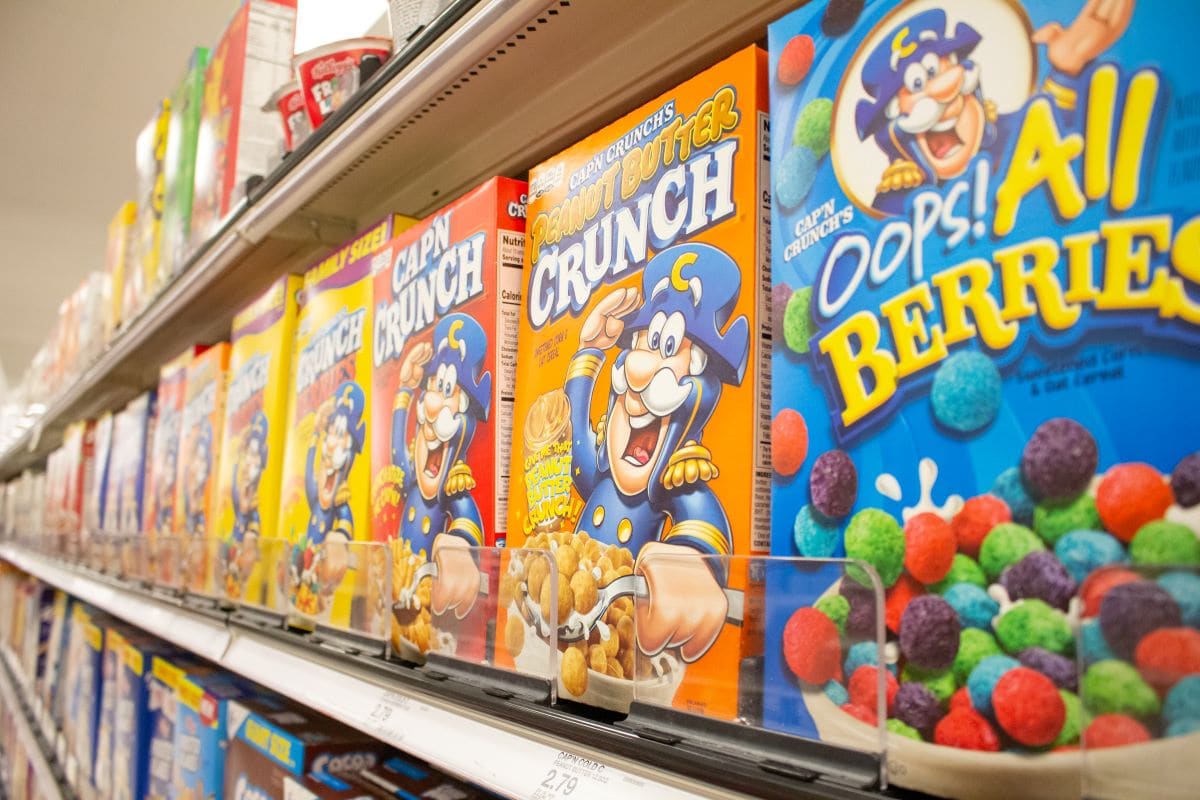
Carts in the 90s usually had multiple boxes of cereal and at least a couple of 2 liter sodas. These items were weekly staples. Today, sugary cereals and sodas have been scaled back in favor of sparkling water, protein bars, and granola.
Global Foods were Barely Represented
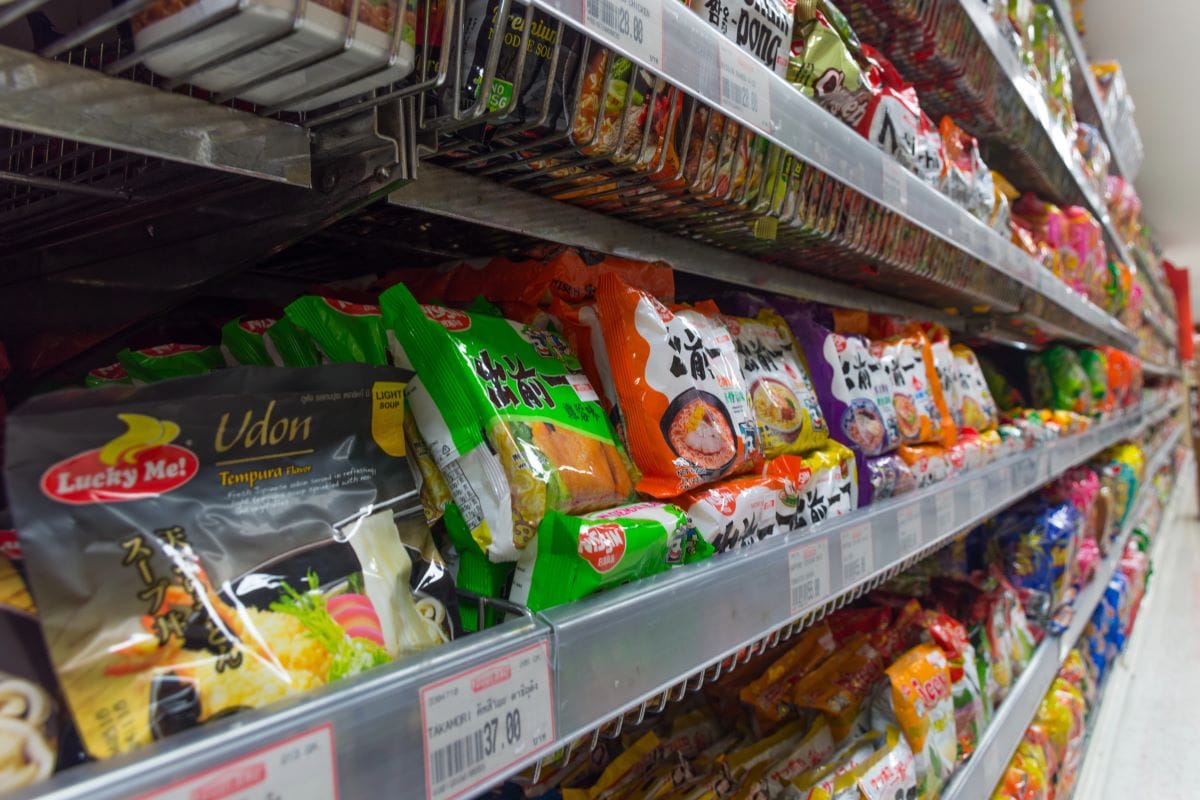
The average haul in 1995 had little international influence outside of basic pasta or taco kits. Now, carts often include gochujang, tahini, coconut milk, or imported ramen. Global cooking has become far more mainstream in everyday kitchens.
Related Post: 11 Vintage Restaurant Chains Your Parents Took You To Every Sunday
Paper Coupons were Part of the Routine

Clipping coupons from newspapers was a weekly ritual in many households. They were often stacked by product type and used with precision. Now, digital coupons are stored in apps and scanned at checkout with a phone.
Related Post: 14 Farmers Markets In Oregon That Might Just Ruin Supermarkets For You
Cashiers and Conversations were Expected
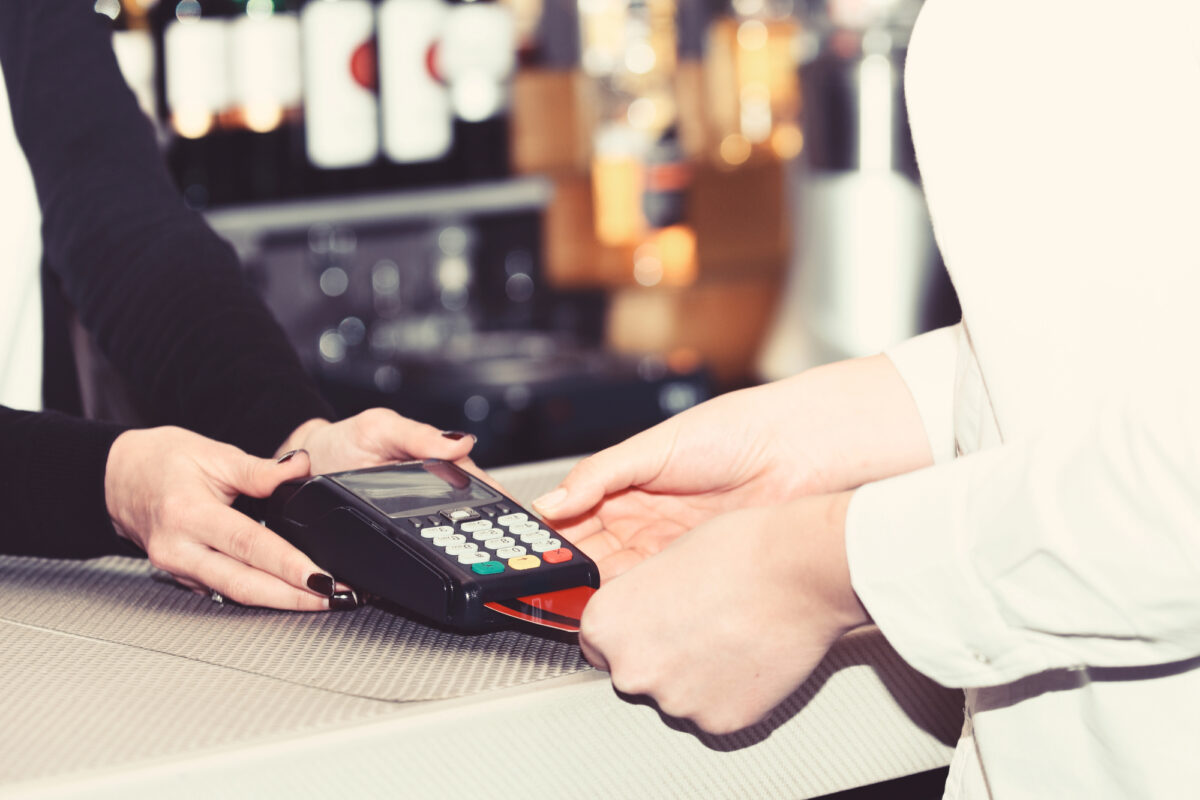
In 1995, checkout meant chatting with a cashier while paying by cash, check, or card with a signature. Now, self checkouts, tap to pay, and even in app purchases mean many trips end without a word. The social part of shopping has faded.
Related Post: 11 Boomer Recipes That Still Beat TikTok Trends
Kids’ Snacks were More Sugary and Fewer in Type

Lunchbox hauls in 1995 included things like Gushers, Dunkaroos, and Fruit Roll Ups. Parents had fewer choices, and nutrition was not the priority. Now, parents shop for lower sugar, smaller portion snacks, with yogurt tubes and veggie chips taking over.
Related Post: What You Feed Your Body When It’s Not Feeling Like Yours
Loyalty Cards and Shopping Apps were Not a Thing
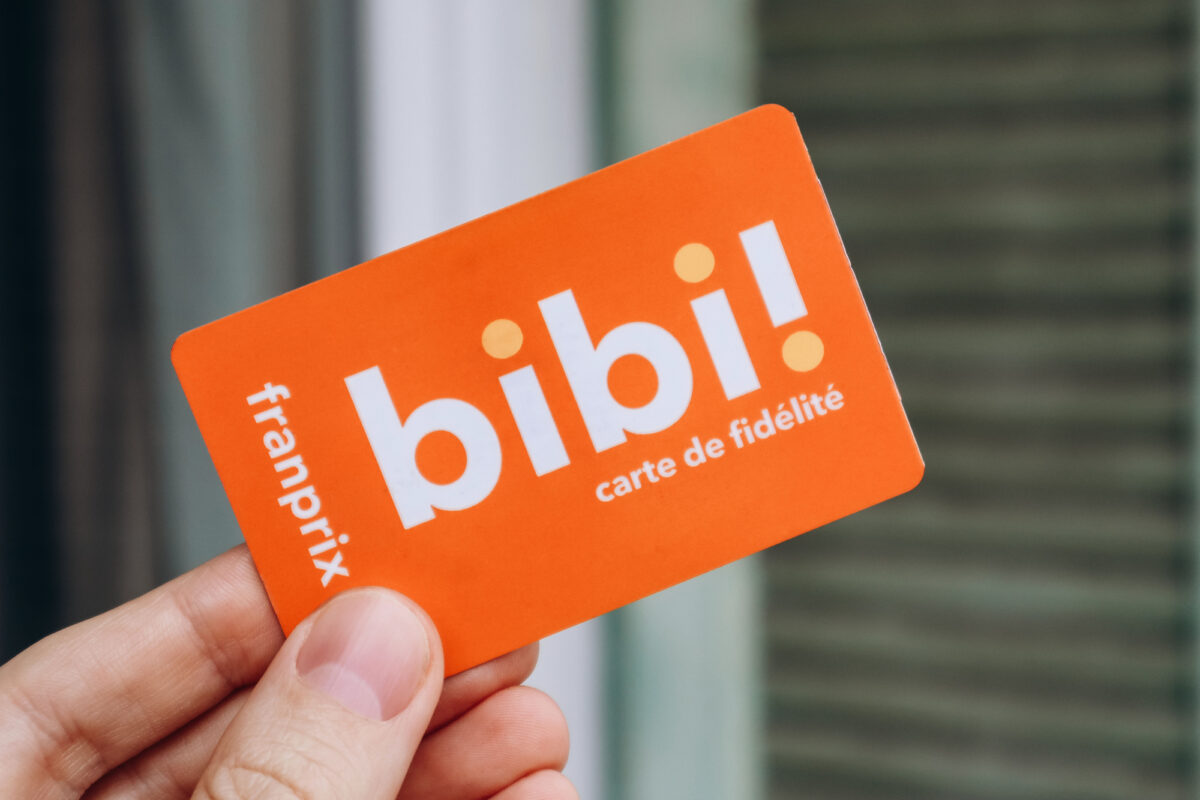
The 1995 haul came with paper receipts and maybe a punch card for local deals. Today, shoppers track points, get custom coupons, and monitor spending in apps. Even the haul itself is often influenced by what shows up in a digital alert.
Related Post: What You Feed Your Partner After A Long Week
Sign up now to receive our exclusive e-cookbook filled with top-rated recipes for FREE!
The grocery haul has evolved from a list of basics to a reflection of modern preferences, technology, and culture. While the food may be fresher and the tools smarter, many still miss the simplicity of the 90s cart. In both decades, though, it was always about feeding the week ahead.
Disclaimer: This list is solely the author’s opinion based on research and publicly available information.
11 Grocery Items Boomers Bought Before They Were Trendy

Long before influencers filled carts with buzzworthy items, Boomers were quietly stocking the same staples. What’s now considered health-conscious or gourmet once sat humbly on lower shelves. These grocery gems gained modern fame, but Boomers knew their worth long before they trended. Their early picks now dominate the aisles in sleek new packaging.
Read it here: 11 Grocery Items Boomers Bought Before They Were Trendy
How to Save $100+ Every Month at the Grocery Store

From planning your meals to avoiding sneaky upcharges in the snack aisle, here’s a realistic guide to trimming your food budget without adding stress to your week.
Read it here: Things Moms Waste Money On (and Don’t Even Know It)
Is Walmart+ Still Worth It in 2025? The Truth After 3 Years

Is the new Walmart Plus worth the annual fee or is it just another failed version of Amazon Prime? I spent my own money trying this service out for 12 months and counting. I have a lot to say about the benefits and drawbacks in this Walmart+ honest review.
Read it here: Is Walmart+ Worth It? Honest Review 3 Years Later!
You’ll love these related posts:
- 12 Grocery Items That Quietly Vanished And The Weird Stories Behind Them
- 13 Restaurants That Only Accept Cash And Locals Say Are Worth It
- 10 Grocery Items That Are More Expensive In May For No Good Reason
- 10 Mother’s Day Brunch Ideas That Won’t Leave You Stuck In The Kitchen
- 15 No-Cook Summer Staples People Swear By In Southern States
